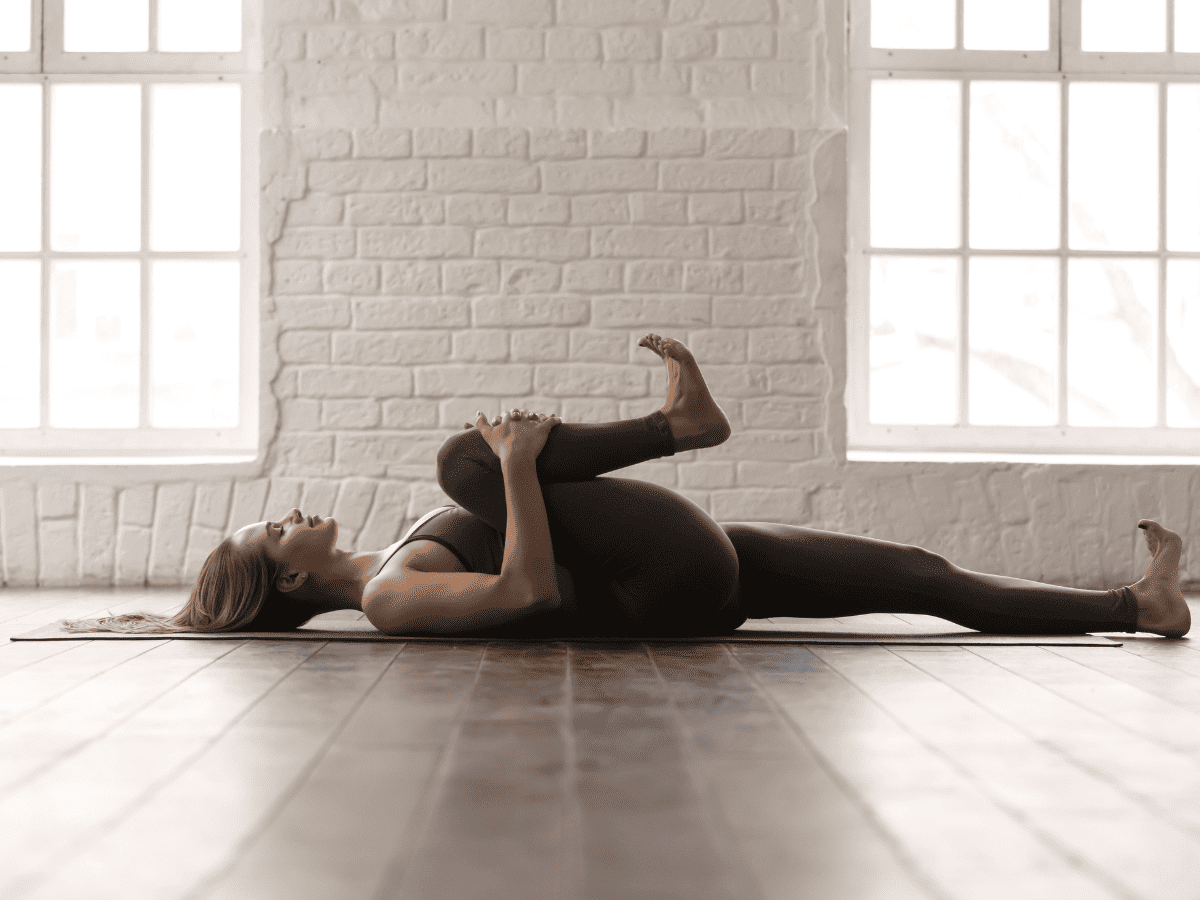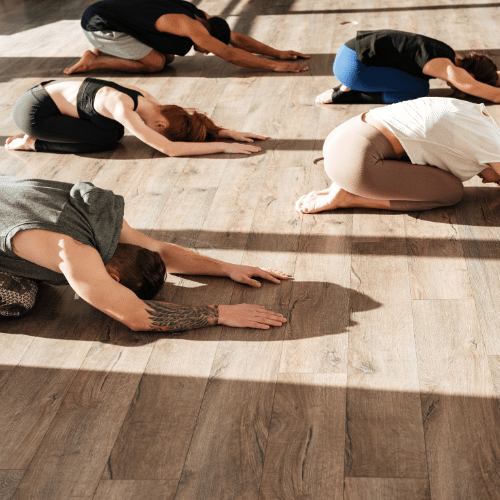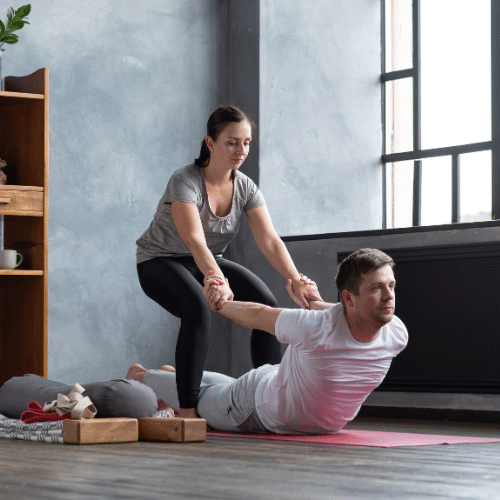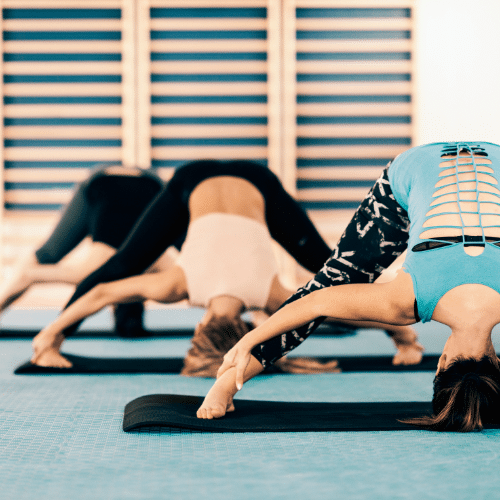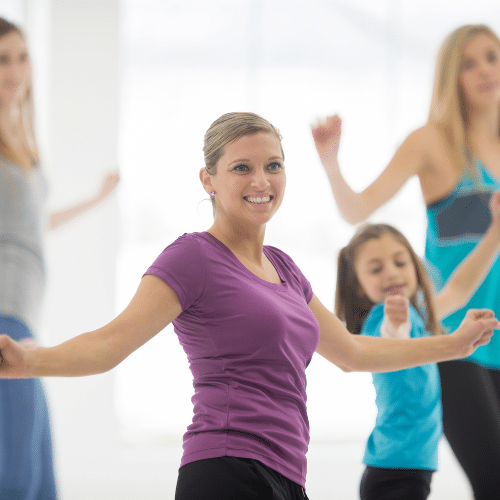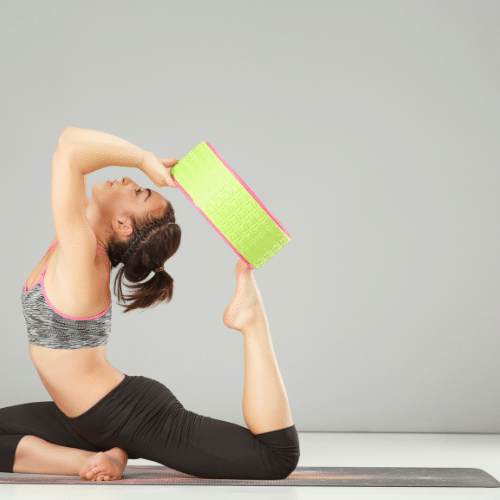Do you ever feel a dull ache in your lower back that just won’t go away? It could be due to psoas muscle pain. The psoas is a vital muscle in the human body that plays a significant role in maintaining good posture and mobility. This deep muscle connects your spine to your legs and plays a crucial role in your body’s movement and stability.
What Is The Psoas Muscle?
The psoas is located at the front of the lower spine and runs to the upper thigh bone or femur. It works with the iliacus muscle to form the iliopsoas muscle. The iliopsoas muscle is the primary hip flexor and assists in moving the body in a range of motion such as bending, walking, running, and lunging. Additionally, the psoas muscle supports the pelvic muscles in pelvic stability.
Due to its role in supporting upright posture and mobility, the psoas muscle can easily become tight and exhibit poor flexibility in individuals leading sedentary lifestyles or those who perform repetitive movements. Tightness of the psoas muscle can cause pain in the lower back, hips, and thighs. Impairment in hip and groin movement, poor posture, and shallow breathing can also result from tight psoas muscles.
Therefore, understanding the psoas muscle’s role in the body is crucial in identifying the causes of common ailments such as lower back pain and limited mobility. Additionally, various stretching, exercise, and massage techniques can help alleviate pain and tightness in the psoas muscle, ultimately aiding in mobility improvement.
Why Is The Psoas Muscle So Important?
The psoas muscle, also known as the hip flexor muscle, is one of the most important muscles in the human body. As stated, this muscle works in tandem with the iliacus muscle to form the iliopsoas muscle, which is responsible for the primary movement of the hip joint.
The psoas muscle helps to stabilize the spine and supports the lumbar vertebrae. It also promotes good posture, allowing us to stand tall and maintain our balance. The psoas muscle is also involved in breathing, as it attaches to the diaphragm and assists in its function.
However, the psoas muscle can become tight and weakened due to a sedentary lifestyle and prolonged sitting. This can cause various problems, including lower back pain, hip pain, and poor posture. Tightness in the psoas muscle can also lead to decreased range of motion, making it harder for individuals to complete simple tasks like bending or reaching.
To prevent these issues, stretching and exercising the psoas muscle is essential. Regular stretching of the psoas muscle can help release muscle tension and increase flexibility. This can lead to an improvement in posture, reduced pain, and an increase in overall mobility.
In conclusion, the psoas is essential for the proper functioning of our bodies. It supports the spine, helps us stand tall, and even contributes to our breathing. To maintain a healthy body, it is essential to exercise and stretch this vital muscle regularly. Proper care and attention to the psoas muscle can lead to a healthy and pain-free life.
What Causes Tightness In The Psoas Muscle?
One common cause of tightness in the psoas muscle is a sedentary lifestyle involving prolonged periods of sitting. When we sit for extended periods, the psoas muscle is in a shortened position, leading to muscular imbalances and tightness. This can be exacerbated by poor posture, which puts even more strain on the muscle.
Another factor that can lead to tightness in the psoas is overuse. Athletes who perform activities that heavily involve the hips, such as running or cycling, can experience tightness due to the constant repetitive motion. Individuals who engage in weightlifting or resistance training may also experience tightness if they neglect to stretch and rehabilitate the muscle afterward properly.
In some cases, tightness in the psoas can be caused by underlying medical conditions. For example, individuals with scoliosis or other spinal abnormalities may experience tightness due to altered spinal mechanics. Psoas muscle tightness can also be a symptom of pelvic disorders such as endometriosis or ovarian cysts.
Overall, several factors can contribute to tightness in the psoas. It’s essential to address this issue through regular stretching, physical therapy, and other forms of therapy to prevent further complications and promote overall health.
How Can Yoga Help Releave Psoas Muscle Pain?
Yoga has been shown to be a powerful tool for improving flexibility and reducing muscle tension. It can also be an effective way to alleviate tightness in the psoas muscle. Stretching the psoas can help improve range of motion in the hips and lower back. Here are some of the best stretches for psoas pain:
- Lunge:
- Start in a standing position and step your left foot forward.
- From here, bend your left knee and bring your right knee down to the ground, keeping your left foot flat on the floor.
- Engage your core muscles and lift your torso up, stretching your arms toward the ceiling.
This stretch can be pretty intense, so it is essential to ease into it gradually and use props such as blocks or blankets for support. You may also find it helpful to focus on your breath, inhaling deeply as you lengthen your spine and exhaling as you deepen the stretch.
- Pigeon pose:
- Start in a tabletop position with your hands and knees on the ground.
- From here, bring your right knee forward and place it behind your right wrist.
- Extend your left leg behind you and lower your body down toward the ground, resting on your forearms or a block for support. You should feel a deep stretch in your right hip and thigh, targeting the psoas muscle.
- Knee-To-Chest Stretch
- Lie on your back with both knees bent and feet flat on the ground.
- Bring one knee up to your chest and hold onto your knee with both hands.
- Keep your neck and shoulders relaxed, hold the stretch for 30 seconds, and switch sides.
- Happy baby pose:
- Lie on your back and bring both knees toward your chest.
- Grab onto the outsides of your feet and gently pull your knees toward your armpits. Hold the stretch for 30 seconds.
- Seated butterfly stretch:
- Sit on the ground with the soles of your feet together and knees bent.
- Gently press your knees toward the floor, keeping your spine straight. Hold the stretch for 30 seconds.
It is important to remember that yoga should be practiced mindfully and with respect for your body’s limitations. If you experience any pain or discomfort during a pose, ease out of it slowly and consult with a qualified yoga instructor or physical therapist to determine the best modifications or alternative poses.
Incorporating yoga into your exercise routine can be a beneficial way to improve flexibility, release muscle tension, and alleviate tightness in the psoas muscle. With consistent practice and proper form, yoga can help you achieve a greater range of motion and improve overall physical well-being.


